This week a small group of us took a trip to Dartmoor to try and catch a glimpse of Nightjars. As well as getting a chance to see one of the UK’s most elusive birds this was also a great opportunity to field test some of the equipment we sell.
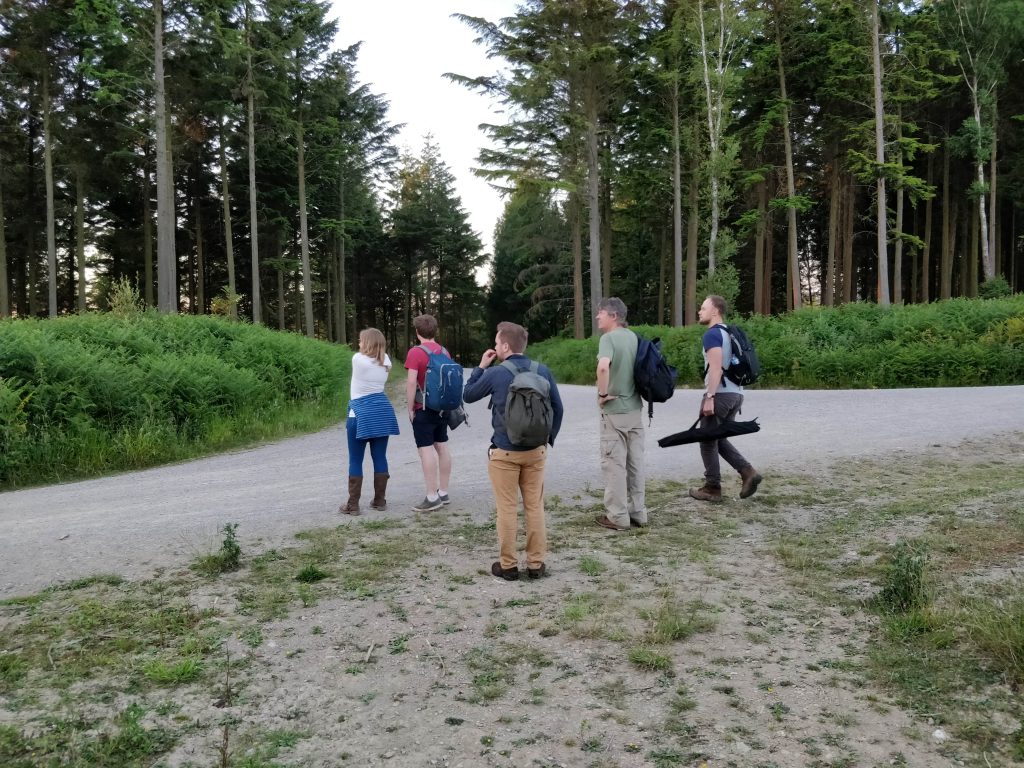
Nightjars are cryptic, nocturnal birds that arrive in the UK in May to breed before migrating south in September. For the best chance to see these amazing creatures you need to head to heathland, moorland or open woodland on a warm, still evening. If you are early enough in the season you may also get a chance to see the males displaying, showcasing a repertoire of wing claps and churring.

So what did we pack for an evening of Nightjar watching? Our kit bag is below:
- Hawke Optics Nature Trek Binoculars – excellent early in the evening to spot the Nightjars perched on branches.
- SM4 Acoustic Recorder – a static acoustic recorder that we used to capture the amazing churring call produced by the Nightjars.
- Python Cable Lock – used to secure the SM4 in place.
- Tascam DR-40 – we took this handheld recording device to record whilst we were watching the Nightjars perform.
- Anabat Walkabout – full spectrum bat detector from Titley.
- Echo Meter Touch 2 (and compatible tablet) – full spectrum bat detector from Wildlife Acoustics.
- White sheet to attract moths.
- Field Guide to the Moths of Britain and Ireland
- Petzl Tikka Head Torch (to make sure we could find our way home!).
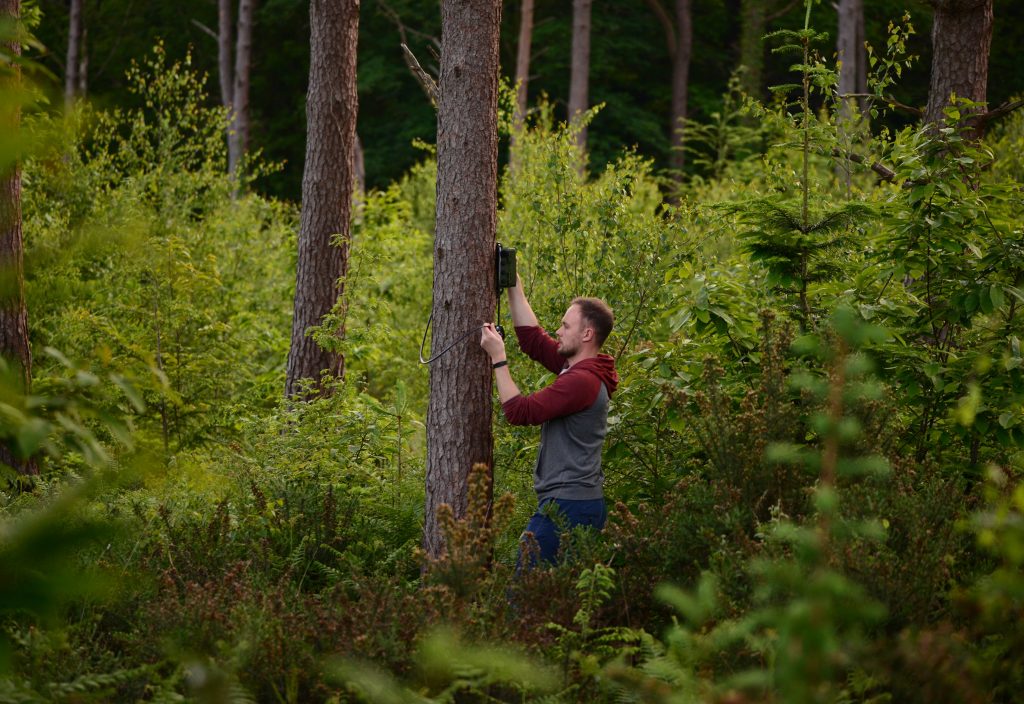
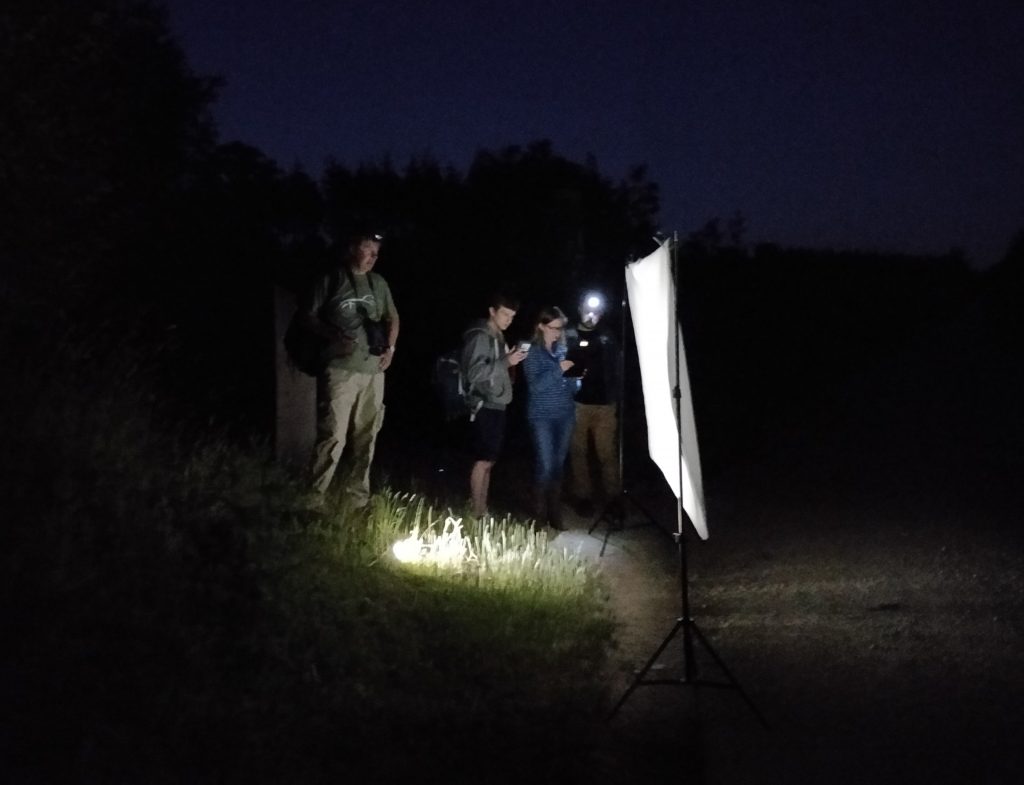 Looking for moths using a simple torch and white sheet. Image by Oliver Haines.
Looking for moths using a simple torch and white sheet. Image by Oliver Haines.
At the site we visited we were lucky enough to see 2-3 males displaying and, despite the low light conditions, the binoculars were extremely useful for picking out individuals on branches. We were also able to capture some great audio recordings with the SM4 Acoustic recorder which we deployed for a few hours. A sample audio clip from the SM4 can be found below. The Tascam allowed us to record as we watched the nightjars displaying, giving us the chance to record all parts of the display. During the walk back we started up a couple of the bat detectors and were greeted by a few different species including noctules and pipistrelles.
Images by Oliver Haines and from Nightjars of the World.
What would we take next time?
A parabolic microphone (Telinga PRO-X or Hi-Sound Mono Parabolic Microphone) would have been extremely useful for getting some high-quality recordings. Although the Tascam worked well by itself, a highly directional parabolic microphone would have allowed us to get higher quality recordings and reduce background noise.
The binoculars performed fairly well given the low light conditions but on the next trip I would be really interested in testing a night vision scope such as the Pulsar Digiforce 860RT as a way to try and spot perched nightjars later into the evening.
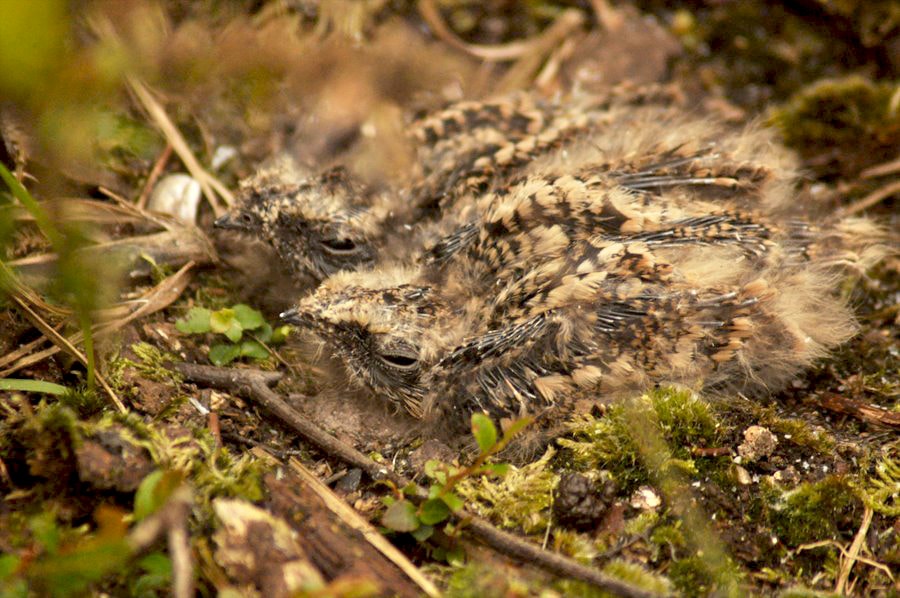
We had a great evening observing these fascinating birds and I highly recommend it. Nightjar populations have been recovering recently but they are still an amber listed species. They are highly sensitive to habitat change and, since they nest on the ground, are particularly vulnerable to disturbance from people and dogs. So if you decide to go and observe the Nightjars displaying this summer please be mindful, stick to paths and keep dogs on leads. More information on Nightjar conservation and identification can be found on the RSPB website.

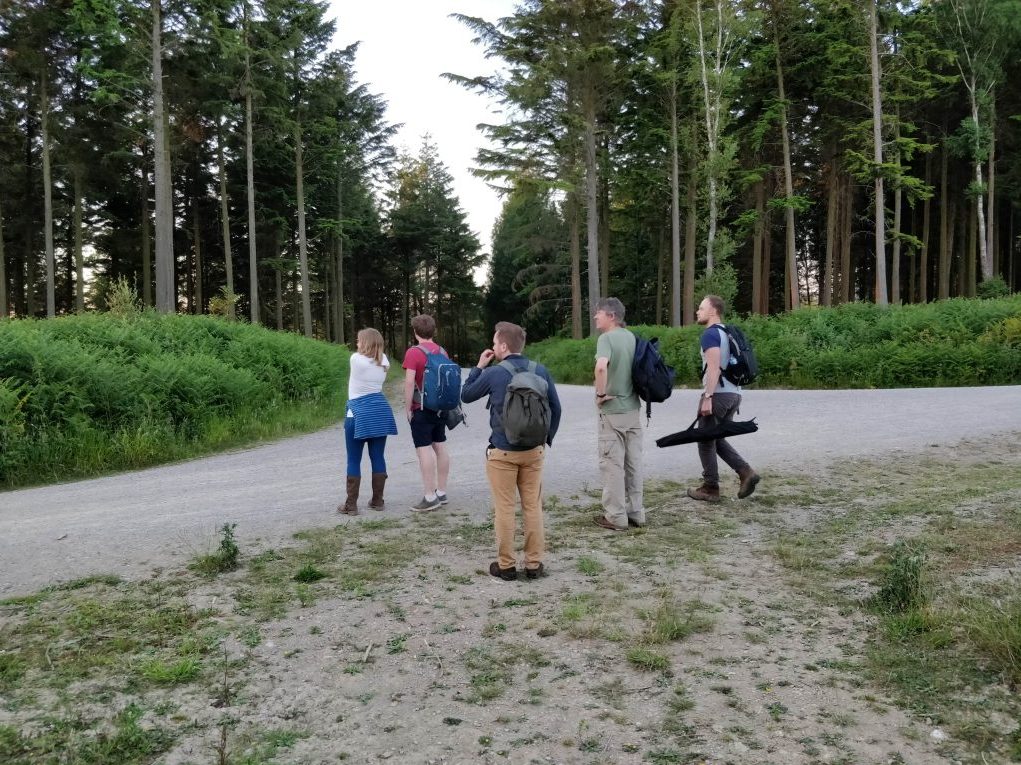
Excellent! Some of my favorite activities.
I’ll be off to do the very same, in less than 10 days – And I’m excited.
Cheers!